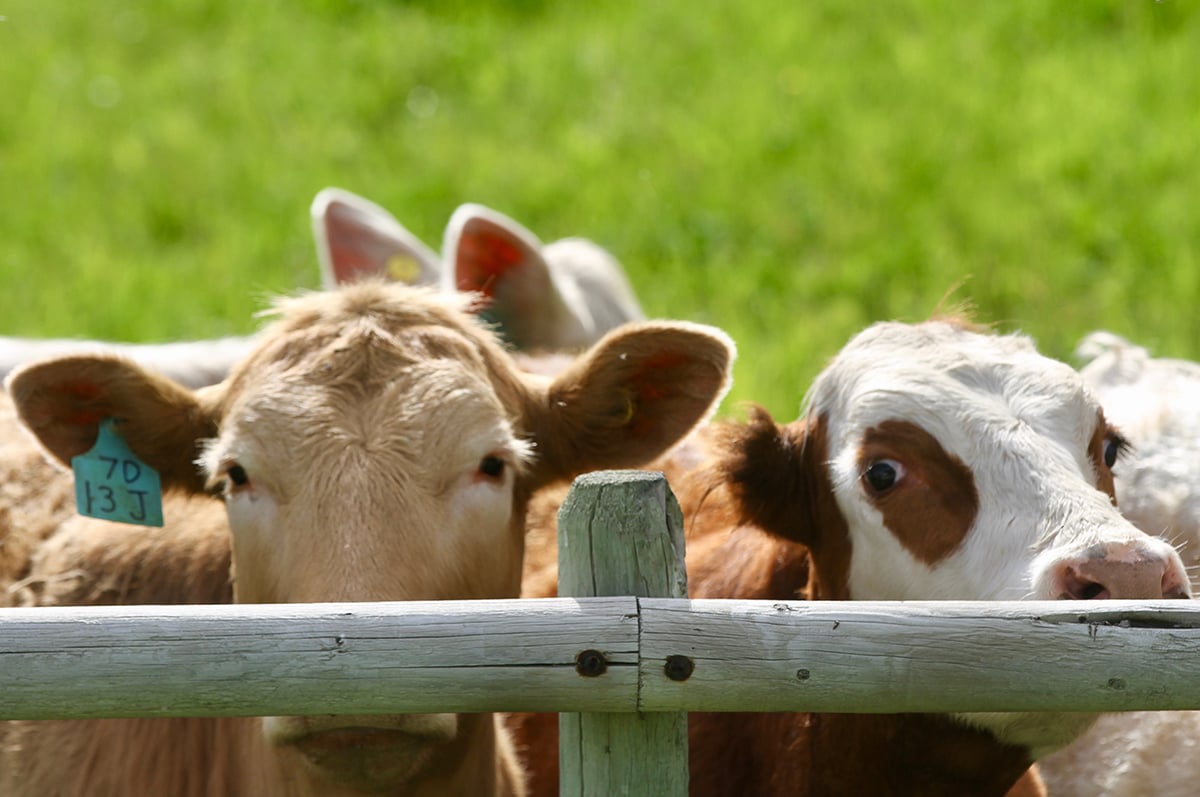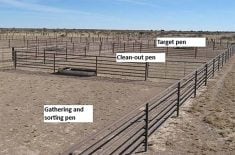Ranching next to a Ducks Unlimited wetland project that includes 50 ponds has required David and Karen Reinhardt to be willing to make concessions on their property near Strathmore, Alta.
Known as the Honan-Fresno project, the conservation plan first started in 1947 and was funded by California sportsmen. Honan was the name of the original ranch owners.
The irrigation structures, consisting of earthen lined canals and dikes, were starting to deteriorate so a deal was struck in 1997 with the North American Waterfowl Management Plan to renew the project and repair the irrigation system.
Read Also

Feeder market consolidates at historic highs
For the week ending Sept. 6, Western Canadian feeder cattle markets were relatively unchanged compared to seven days earlier.
The Reinhardt family took over the property 24 years ago. They have about 450 cows on 1,700 acres of pasture, 400 acres of crop, 700 acres of hayland and are dependent on irrigation.
“Irrigation is a big part for us,” David Reinhardt recently told a farm tour group.
Reinhardt, who completed an environmental farm plan, supports the projects and makes concessions for bird habitat but noted the farm is surrounded by acreage developments and gas wells. The competition for this high value land makes expansion difficult, he said.
With scheduling adjustments for grazing and haying periods, the land- use agreement has worked well over the years, providing the Reinhardts with much needed water in a semi-arid region.
“Their (DU) main goal is to provide an undisturbed nesting area for the ducks,” said Karen Reinhardt.
The prime area is north of their farm yard. Cattle are kept south of the yard and around the lake until the end of June, when they are moved to another pasture on what is called the Boyack project. They stay there for about two weeks before moving to another site for two weeks.
The second grazing area is an additional nesting site for DU since most of the ducks hatch by mid July. The cattle come home to the field north of the farmyard in late July. Some hay fields are also included in the agreement.
In addition, the cattle can drink out of the many ponds and sloughs during the summer.
“It is such a large area that the impact is minimal. We have looked at off-site watering, but it is very cost prohibitive at this time,” she said.
The ponds, wetlands and a small lake are fed by runoff from the Western Irrigation District. Since the mid-1940s, DU has co-operated with the WID and Eastern Irrigation District to take advantage of irrigation runoff to support wetland conservation projects.
About 80,000 acres of wetlands and 160,000 acres of managed uplands have been restored through this partnership.















